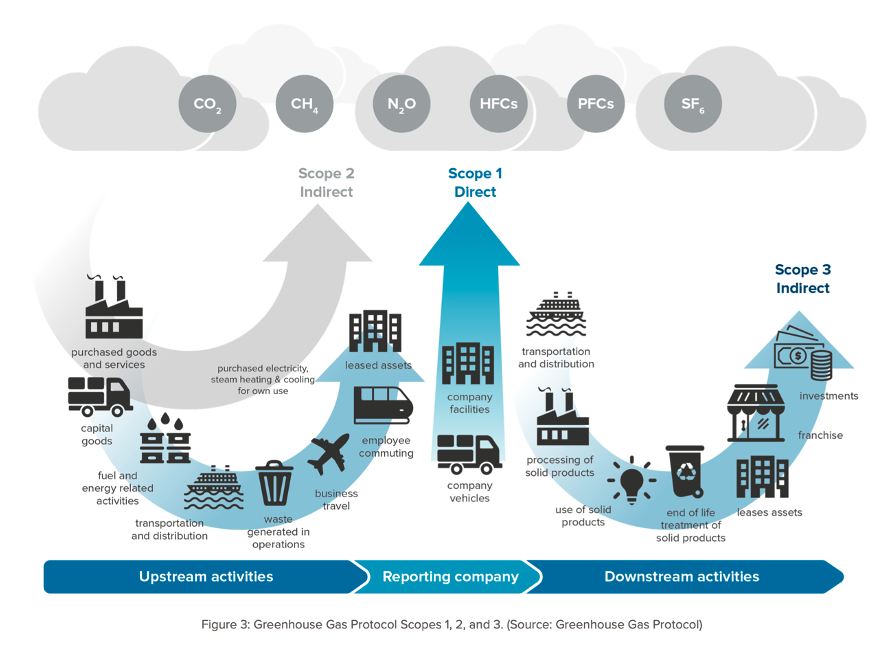Putting health back into healthcare
By: Erica Yeh
All over the world, we visit the hospital or clinics seeking health protection, advice, and treatment. We expect that the health care sector be accessible to us. But what is the impact of the health care sector on the environment around us? According to a report by a global initiative, Health Care Without Harm, the global health care sector’s climate change footprint is equivalent to 4.4% of the global net emissions. This means that if the health care sector were a country, it would be the fifth largest emitter on the planet. In the United States, the health care sector produces 10% of all greenhouse gas emissions.
What is the source of these emissions? Since many health care institutions operate all day every day, the main source of emissions come fromenergy used (primarily the burning of fossil fuel) for lighting, computers, heating (or cooling) systems and other electrical equipment. The other main source of emissions comes from the health care supply chain. This is the production, transportation, and disposal of all the goods and services in health care. These are goods and services like medical devices and equipment, pharmaceuticals and other chemicals, one-time-use gloves (and now millions of face masks), needles and containers, and clean bed sheets and gowns.

Why is thinking about sustainability in the health care sector important? The health care sector is a major contributor to pollution in the environment and climate change. It leads to more health problems among people (and higher health care costs). If the health care sector continues operating without thinking about sustainability, it may cause more harm than good. It is not protecting or promoting our health, nor our children’s health. We can’t change the system overnight, nor can we compromise the quality of care provided. However, we must start thinking about new and innovative ways to provide good, quality health services while not causing detriment to the health of our future generations.
There are already some health care systems or facilities that have started incorporating sustainability into their daily operations. One health care system of note in the United States is Kaiser Permanente in California. Kaiser Permanente has made some ambitious environmental goals for year 2025. These goals include becoming carbon positive, buying locally and sustainably produced foods, and sending zero wastes to landfills. For more information on Kaiser Permanente’s efforts towards environmental stewardship, visit their website.
Source:
Karliner J, Slotterback S, Boyd R, Ashby B, Steele K. Health Care’s Climate Footprint - How the Health Care Sector Contributes to the Global Climate Crisis and Opportunities for Action. Health Care Without Harm; 2019. Accessed October 23, 2020. https://noharm-global.org/sites/default/files/documents-files/5961/HealthCaresClimateFootprint_092319.pdf
